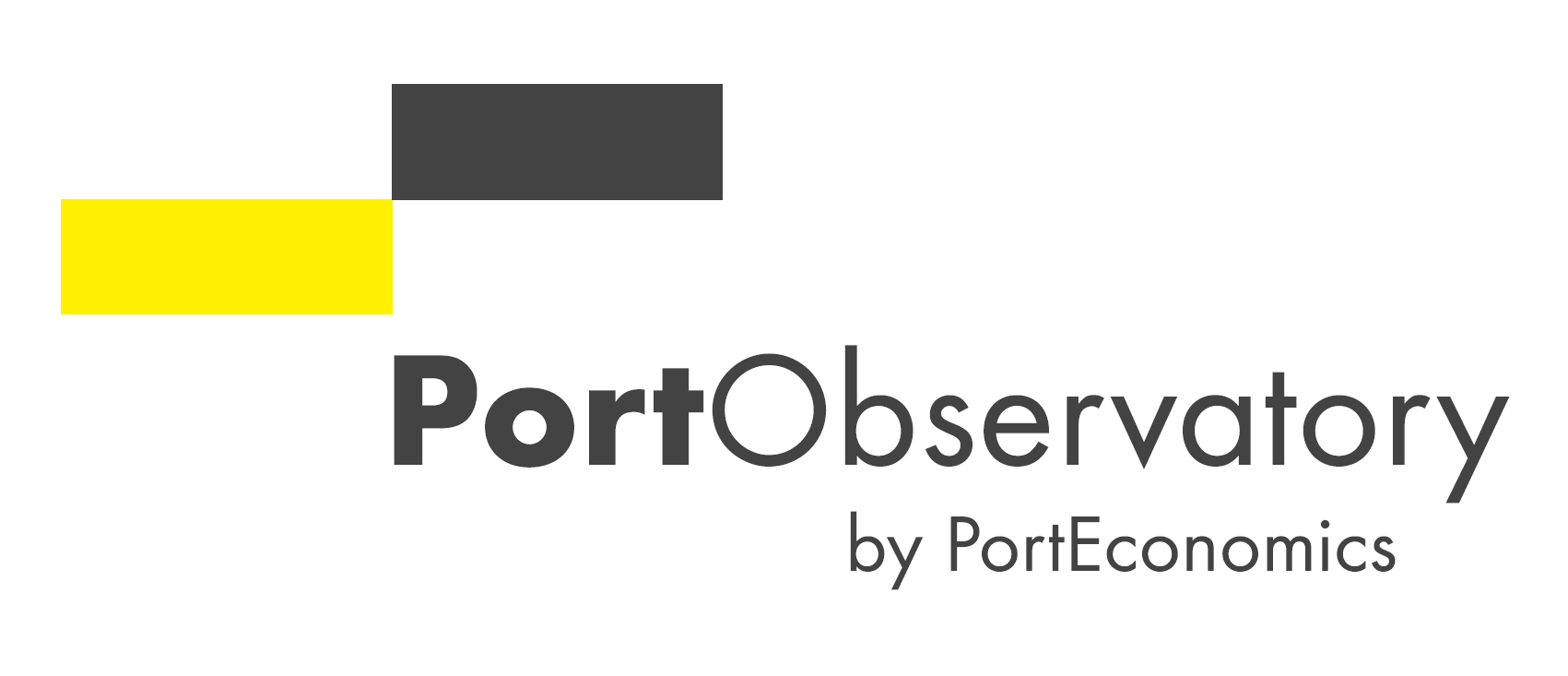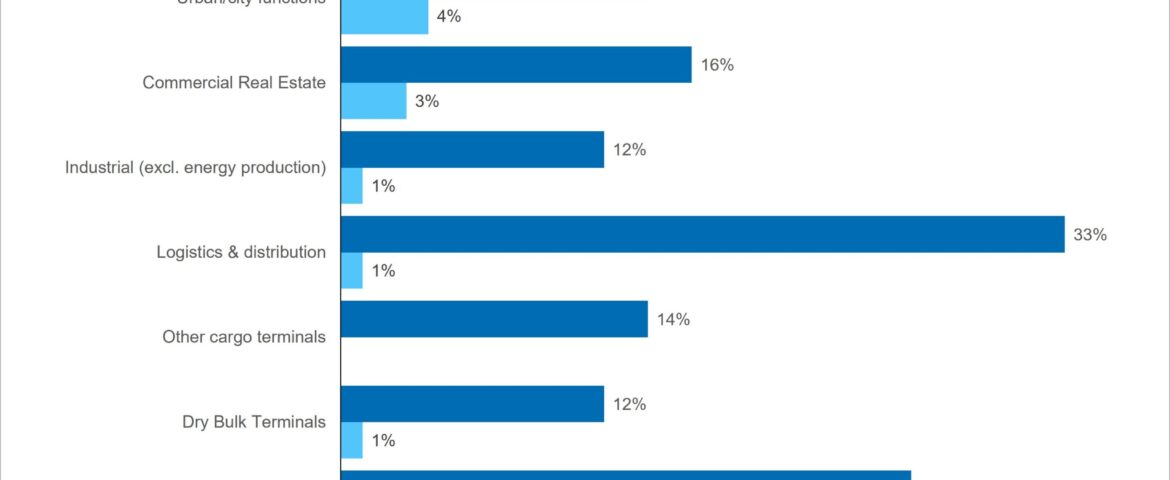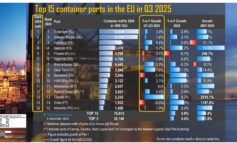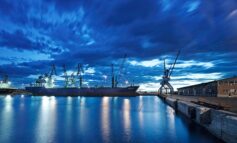World ports are executing on planned infrastructure investments, community building and environmental sustainability initiatives. Important gaps have been identified in future fuels readiness, carbon emissions reporting, digitalisation and gender equality. Market trends indicate overall lower container port productivity due to larger ships with increased call sizes and less frequent calls; gains and losses on liner connectivity are split, influenced by geopolitics
The survey results of IAPH’s most-engaged ports from around the world have been analysed in the latest, upgraded version of the IAPH World Ports Tracker, written by Professors Theo Notteboom and Thanos Pallis of the Association’s Risk and Resilience technical committee.
The regular IAPH port members were questioned on all six areas of interest of the World Ports Sustainability Program as well as collecting their views on market prospects, gathering additional data on container port productivity and liner connectivity from external sources.
The results indicate fragmented but sustained progress on sustainability depending on area of interest, region, size, and cargo segment. Container shipping connectivity and efficiency are impacted by larger vessel call sizes and fewer calls. The long-term investment outlook for logistics and low—and zero-carbon fuel infrastructure in ports remains solid.
IAPH Managing Director Patrick Verhoeven commented: “This new, upgraded version of the Tracker allows us to present detailed trends to our membership on an annual basis on what matters most to them. In addition to the detailed report, we will also share regional analyses later in the year with them as we continue to add value to their membership.”
As indicated in the executive summary in this press release, the main trends identified were as follows:
- Infrastructure investments in ports progress and remain undeterred
- Container terminals lead versus other segments on port expansion plans
- Ports dedicate most environmental monitoring resources on water and air quality and less on underwater noise
- Carbon emissions reporting limited on all three scope levels; 58% of ports have declared targets
- New and future fuels: guidelines, rules and regulations needed for bunkering methanol, hydrogen and ammonia
- Low and zero carbon fuels as commodities at ports: progress visible only on LNG and biofuels
- Solar power dominates on-site renewable power at ports
- Health, safety and security: cybersecurity ranks highest for ports in terms of risk
- There is significant evidence of ports building resilience against disruptions
- Despite progress in digitalising, more efforts needed in implementing a Maritime Single Window, Port Community System and/or Just-in-Time in ports
- Community building retains top billing on ports’ priority lists
- Women’s share of management or board positions is significantly short of the mark in most ports
- Market trends in container ports: larger vessels and call sizes with higher frequency leads to lower port moves per hour across most regions
- Geopolitics influences liner connectivity according to different regions, countries and territories
- Positive forecasts in February in terms of cargo growth by segment less certain now
Thanos Pallis commented: “We would like to thank IAPH’s port members for the time taken on answering such a detailed and comprehensive survey, which inevitably required a lot of cooperation between departments and divisions within port organisations to collate accurate and relevant answers. With this data now secure in the back end of the IAPH membership portal and with anonymity assured for all participants, we will be able to consistently track trends on these key areas of interest for members regarding sustainability and market trends.”
Theo Notteboom added: “With the world looking like a very different place than it was at the beginning of this year, it makes it all the more important to keep a consistent track of external and geopolitical factors that influence activities and investment decisions made by world ports as they navigate the energy transition, accelerate digitalisation whilst endeavouring to reduce risk and build resilience in their operations. We will also be producing a regional analysis on these trends to allow member ports to track their progress against trends in their part of the world.”
You can download a summary presentation of the IAPH World Ports Tracker 2025 – sustainability and market trends report here.












